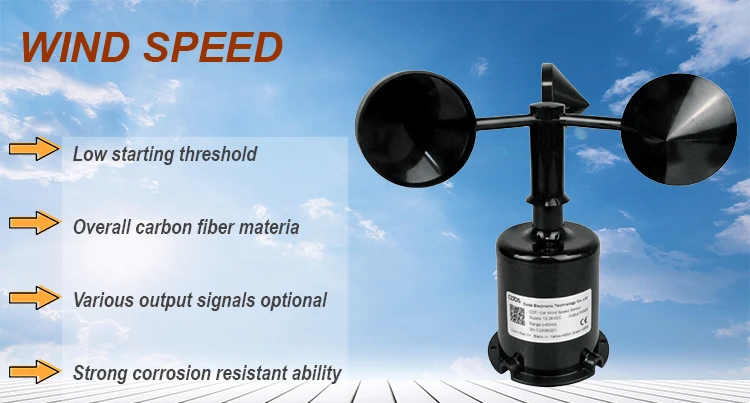
# Wind Direction Measuring Instrument
## Understanding Wind Direction Measurement
Wind direction is a crucial meteorological parameter that affects various aspects of our daily lives, from aviation and maritime operations to agriculture and renewable energy production. Measuring wind direction accurately requires specialized instruments designed to detect and record the direction from which wind originates.
## Types of Wind Direction Measuring Instruments
### 1. Wind Vanes
The most traditional instrument for measuring wind direction is the wind vane, also known as a weather vane. This simple yet effective device consists of:
– A freely rotating arrow or pointer
– A fixed directional indicator showing cardinal points (N, S, E, W)
– A mounting system that allows free rotation
### 2. Anemometers with Direction Sensors
Modern electronic anemometers often combine wind speed and direction measurement capabilities:
– Ultrasonic anemometers use sound waves to detect wind direction
– Cup anemometers may include a vane for direction measurement
– Hot-wire anemometers can be configured for directional sensing
### 3. Windsocks
While primarily visual indicators, windsocks provide immediate directional information:
– Commonly used at airports and helipads
– Offer quick visual assessment of wind direction
– Particularly useful for pilots during takeoff and landing
## How Wind Direction Instruments Work
Wind direction measuring instruments operate on several principles:
Mechanical vanes align themselves with the wind flow due to their aerodynamic design. The tail fin of the vane keeps it oriented into the wind, while the pointer indicates the direction on a calibrated scale.
Electronic sensors typically use potentiometers, optical encoders, or ultrasonic detection to convert physical movement into electrical signals that can be processed and displayed digitally.
## Applications of Wind Direction Measurement
Accurate wind direction data is essential for:
– Weather forecasting and meteorological research
– Aviation safety and airport operations
– Wind farm optimization and renewable energy production
– Marine navigation and offshore operations
– Agricultural spraying and crop management
– Environmental monitoring and pollution tracking
## Choosing the Right Instrument
When selecting a wind direction measuring instrument, consider:
Accuracy requirements – Professional applications may need ±1° precision while general use might tolerate ±5°
Environmental conditions – Marine environments require corrosion-resistant materials, while Arctic conditions need cold-resistant components
Data recording needs – Some applications require continuous logging while others only need periodic observations
## Maintenance and Calibration
To ensure accurate measurements:
– Regularly inspect mechanical components for wear
– Clean sensors to prevent debris accumulation
– Verify alignment with true north periodically
– Follow manufacturer’s calibration procedures
– Protect electronic components from moisture and extreme temperatures
## Future Developments
Emerging technologies in wind direction measurement include:
– Miniaturized MEMS (Micro-Electro-Mechanical Systems) sensors
– AI-powered predictive wind direction analysis
– Integration with IoT networks for real-time monitoring
– Improved materials for harsh environment operation
– Enhanced data visualization and interpretation tools
As technology advances, wind direction measuring instruments continue to become more accurate, reliable, and accessible, supporting better decision-making across numerous industries that depend on precise wind data.
Keyword: instrument measure wind direction